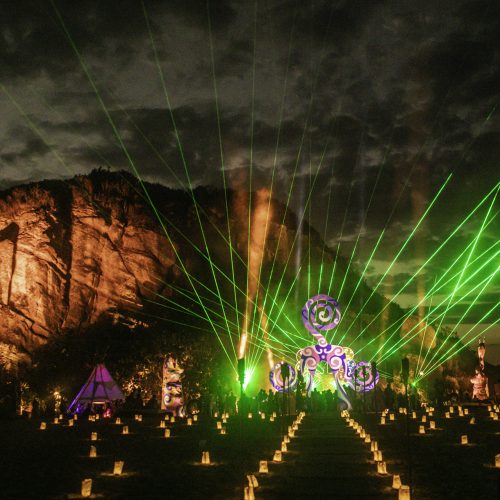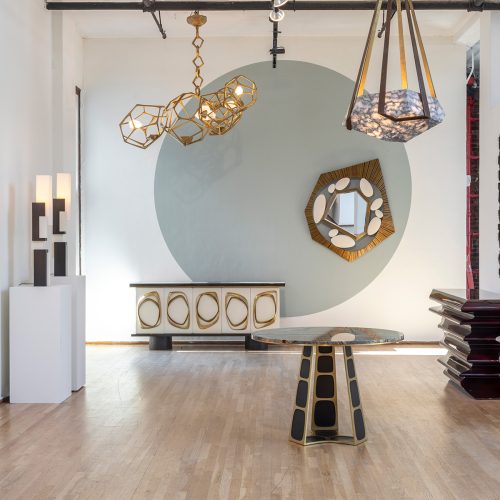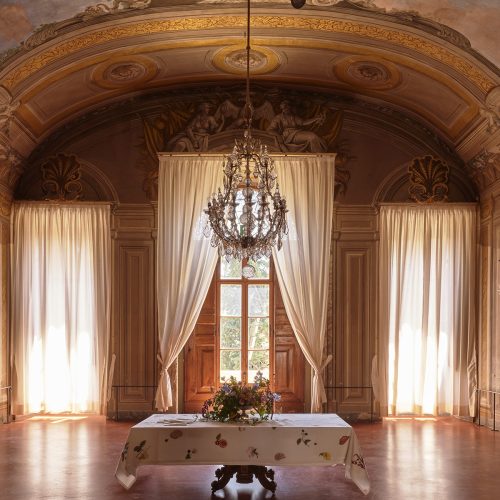

Here’s Why Artists Are Transforming Tennis Courts Around the Country
The U.S. Tennis Association’s latest project is one part public art installation, one part youth sports initiative
The first rule of tennis is to stay within the lines. But with the 50th anniversary of the U.S. Open close at hand, artists across the country have been doing the opposite by turning court surfaces into vast abstract paintings. And contrary to what one might expect, it’s not New York’s famed Arthur Ashe Stadium that’s receiving this special treatment—instead, the boldly emblazoned courts in question are illuminating low-income communities across the country.
The project, “Art Courts,” is part of a $500,000 push by the United States Tennis Association (USTA) and Chase to support youth tennis. In addition to that, it stands as a shining example of community art that is free of pretense. As artist Justus Roe, who designed and painted a set of courts in Chicago’s Riverdale Park, told USOpen.org in June, “it’s refreshing to see public art that’s not an advertisement and not just a structure.”

In Miami’s Norman and Jean Reach Park, artful duo KiiK Create channeled their prior experience as muralists to explore the relationship between tennis, space, and movement.
Recommended: This Graceful Tour de France Trophy Was Inspired by Czech Cubism
“I was thinking about tennis, the dimensions of the court, all of our artwork, our site-specific murals,” KiiK’s Gray Edgerton has said. “We always love to design within specific dimensions on the architecture of the building that the mural is going on, so we were inspired by the dimensions of the court itself, all the measurements, and designing off the regulation geometry that the game is played on. It really dictates all the other angles of the way the game is played, forward and back, left and round, the way the ball travels around. So we were thinking about all those paths.”
The theme of KiiK’s design, Love Infinity, is partially a play on words; “love”—tennis lingo for no points, thought to perhaps stem from the French “l’oeuf,” or egg, for the numeral zero—is manifested in the heart shapes of one court, while a swirling figure eight represents infinity on the other.
The artists’ vibrant palette is certain to attract tennis newcomers of all ages, kids especially, while the nuanced attention to diagonals and, as Edgerton pointed out, the natural motion of the sport will win over experienced players.
Most recently, and closest to home for the upcoming Grand Slam tournament, is a group of “art courts” in Highland Park, Cypress Hills, Brooklyn. Masterminded by graffiti artist Sen2 Figueroa, eight freshly resurfaced courts are shining with Pop Art–inspired energy.
The U.S. Open begins Sunday, August 27. For those who will be in New York for the tournament and are curious to see Figueroa’s courts for themselves, Highland Park is open from 6 a.m. to 9 p.m. daily.






